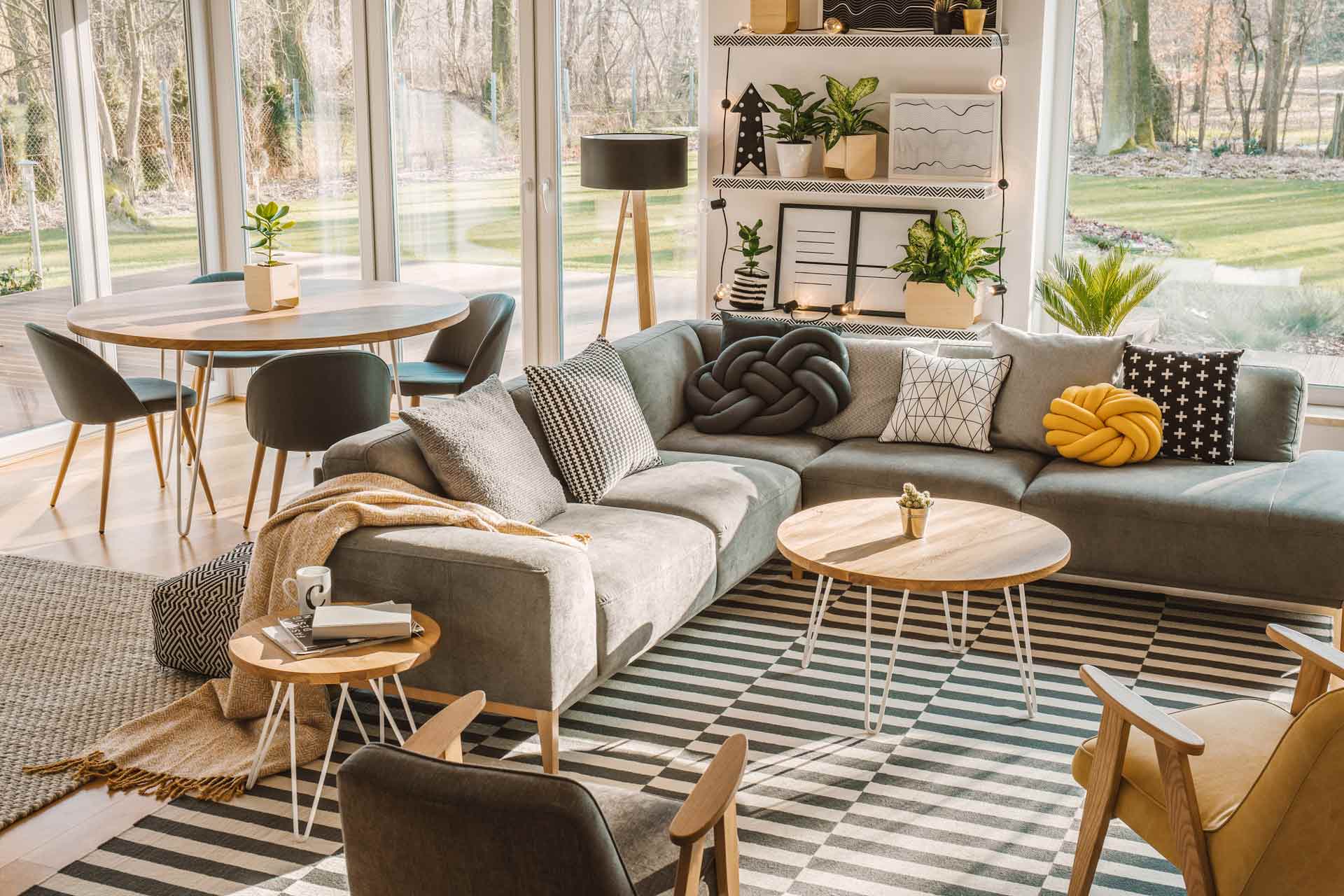Before you choose different window styles, frames and glass types, try to write on a piece of paper all of your personal preferences considering comfort, budget and efficiency. Make sure you know the amount of ventilation and light every room needs as the atmosphere you’ll get will depend on the type of window you choose.
And before you end the window shopping spree, make sure that all of the details have been gone through at least twice. The whole process can be time consuming and costly. However, if properly done window replacement can provide you with better insulation therefore higher energy efficiency and reduced bills.
 Style
Style
The style of a window determines amount of ventilation, obstruction of outside views, energy efficiency and the overall aesthetic of one’s home. Each window style suits different environments and offers different benefits. For instance, double-hung windows work best for traditional style homes, but if you want unobstructed views or living space, maybe you should go with sliding. Here are the basic window styles:
Casement – They are usually installed in kitchens because they are easy to operate in hard to reach areas and provide great ventilation. They are hinged on either left or right and open like a door, catching that ideal breeze angle.
Awning – Same as casements, awnings open with a hinge and give great ventilation angles. They usually are smaller and installed in bathrooms. Their biggest advantage is that they protect the rooms from falling rain or snow.
Sliding – When opened, sliding windows do not interfere with the living area and that’s why this window style is highly recommended for small sized rooms. They also haven’t got large and distracting frames which makes them great for rooms with limited natural lighting.
Single/Double Hung – Hung windows are the most child friendly as they cannot be climbed through or walked into. Single Hungs open only from the bottom, while Double Hungs can be operated from both sides (top and bottom).
Picture – This window type cannot be opened and is solely used for increasing the amount of natural light. Picture windows are also a part of bay or bow which consist of more openings and have the center window static (picture) and the surrounding windows operable (usually casement or hung).
Frames
Window frames are made from various materials. The type you choose will determine the home’s aesthetics and energy efficiency; and the window’s maintenance and lifespan. When choosing a window frame, apart from looking at the pricing, try to put focus on efficiency ratings and lifespans. Here are the basic types of window framing:
Vinyl – Fortunately for homeowners there is a frame material which is cheap and energy efficient at the same time. Its name is vinyl and it’s the most common choice for homeowners. Vinyl has a lifespan of 40 years and requires much less maintenance than other materials. That is why vinyl window replacement has a ROI of 78%. People love this material for homes.
Aluminum – The biggest advantage of aluminum frames is their strength. They are recommended for rainy, humid and storm climates. If you are living in a hurricane prone zone, this window frame should be installed in your home. Aluminum also has a high performance in heat transfer and loss. However, it has a short life span of 15 years and less energy efficiency than other materials.
Wood – If you are a vintage buff then you probably have wood frames, at least in one room. Wood is a great insulator and it has a long lifespan, but unfortunately is vulnerable to pesticide, rot and mold growth. This is why wood isn’t recommended for rainy areas. However, the quality of a wooden frame mainly depends on manufacturers and the type of wood they have chosen.
Fiberglass – This material is good for anything, including window frames. Fiberglass is the most expensive one on the market, but it offers many benefits for homeowners. High energy efficiency, significantly longer life span and limited amount of maintenance are its biggest strengths. The biggest advantage fiberglass has over vinyl is that it can be repainted as much as we want and it cannot bend or twist.
Composite – Technically, fiberglass is a composite window frame as it consists of both polyester raisins and glass fibers. However, we use the word “composite” to describe frames which upgrade wood by protecting it with clad (usually made form aluminum or vinyl). They have all the benefits as they are made from wood and are completely recyclable, have a longer lifespan, require less maintenance and are highly energy efficient.
Glass
When completing a window replacement project, one should give attention to the type of glass as well. If you spend less money and purchase low quality glass, it won’t matter if your frames are fiberglass or composite, the insulation will still be bad. Do not choose single pane windows as more panes means better energy efficiency. Double or triple pane windows give more means of protection from the cold air breeze at night and from the hazardous UV rays in the morning. Manufacturers have more variations for the filling between the panes.
Argon & Krypton – both are odorless natural gases found in the atmosphere. They are put between glass panes to improve thermal efficiency. Krypton is denser than Argon and therefore better, but both of them are denser than air. This provides homeowners with better insulation than air the one gotten from air-filled panes.
Low E-Glaze – If you want your glass with the highest possible quality, you should look for Low E-glazing. This is an invisible thin coating which is applied on either the inside or the outside of panes. It improves thermal efficiency with reducing heat transfers. Low E is highly recommended for warm climates as it reflects sunlight back from where it came and prevents abnormal increase of heat in the inside of a home.
To choose the right glass for your windows, follow the Energy Star ratings. Energy Start means that the product has passed the tests for energy efficiency. Other values you should look out for are U-factor and R-value. These have to do with the glass’s capabilities to manage heat energy.
U-value represents the amount of heat loss through the window. The lower U-value, the better insulation in your home.
R-value represents the window’s ability to retain and absorb heat. The lower R rating, the worse quality of insulation.
Riverbend Windows & Doors
We have the best quality windows and doors at Riverbend, Inc. Browse through our inventory for stylish, durable and eco-freindly windows in London.

 Style
Style